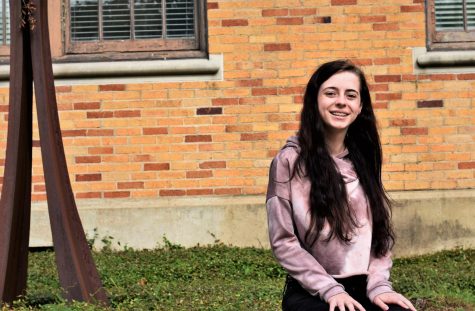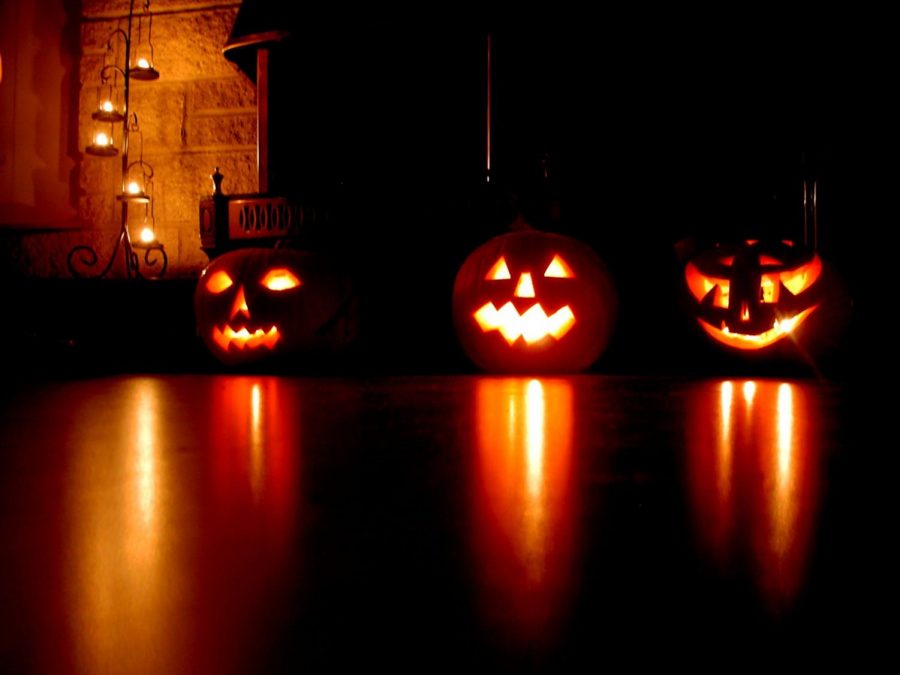Halloween: The Dark History
Halloween has been known as one of the creepiest, yet most enjoyable holidays for many years; but its history is not focused on in schools or discussed much in everyday life. So, where does this spooky festivity originate from, and how has it developed into the fun and frightening holiday we know it as today?
It is thought that the holiday stems from the old Celtic festival Samhain, which celebrated the end of the harvest season and signaled winter. On October 31st, it was believed that the boundaries between the mortal and godly worlds would open and allow the spirits of the dead to enter.
The entrance of these dead spirits into the living realm was believed to give the Celts the ability to see into the future, thus allowing them to better prepare for the cold winter ahead of them, which is also heavily associated with death. In order to make these predictions, a huge bonfire would be built, and the Celts would dress up in costumes consisting of animal heads and fur while also sacrificing animals and offering burnt crops to their deities.
This does appear to show a similar backbone to what is now known as Halloween, but what about the trick-or-treating, jack-o-lanterns, apple bobbing and grand parties that are also associated with the holiday?
During the beginning of colonial times, Halloween was not celebrated very widely except for in the southern colonies because by this time, it had taken on a more Christian meaning. The idea of a “play party” had become the norm to celebrate the festivity, which would include celebrations of the harvest, stories of the dead and lots of singing and dancing. Then, when a flood of Irish immigrants came to America following the great potato famine, Halloween was spread across the country.
It was also around the time of the Irish influx that the idea of trick-or-treating began to make its way into American culture. The idea is based of a tradition that came out of the All Soul’s Day parades in England, in which poor people would go to the rich asking them for “soul cakes,” and in return the rich would ask that they pray for their dead family members. This eventually was taken on by children who would ask for money or food in order to survive the long winter months.
In America, this was looked down upon greatly until about the 1950s because it was thought to be an act of extortion. Eventually however, it turned into the kids dressing up in costumes and being given candy in return for going around to people’s houses. It was believed to be an easier way to spread the festivities of Halloween because it became harder to include entire neighborhoods in parties, and it was also believed to stop children from playing tricks on people.
Apple bobbing comes from an old Celtic tradition in which women would attempt to bite into apples in order to predict their future. Since the spirits were thought to help do this, on the night of Samhain, desperate women would bite into apples and toss them into a tub of water. Later, whatever man picked that apple out of the water was the one who they were apparently destined to be with. However, in modern days, it is a fun party activity to do with your friends and family.
Jack-o-lanterns also have a different meaning from our present day carving activities. Originally, in Ireland, families would carve faces into turnips in order to ward off any spirits that were roaming around while the barrier between the worlds was down. This was also meant to keep away “Stringy Jack” who was said to have tricked the Devil and been bound to roam the Earth for eternity. It wasn’t until the Irish came to America that pumpkins became the means for the lanterns.
It appears as though Halloween still has similar meanings to its Celtic origins; however, it has also turned into one of the largest marketing holidays for businesses. Whether it be for costumes, candy or decorations, Halloween is still as dark and sinister as its beginnings.

Riley Hardin is your average student who is from a city just two hours away from home. She does not have an alias and prefers to go by her given name,...



